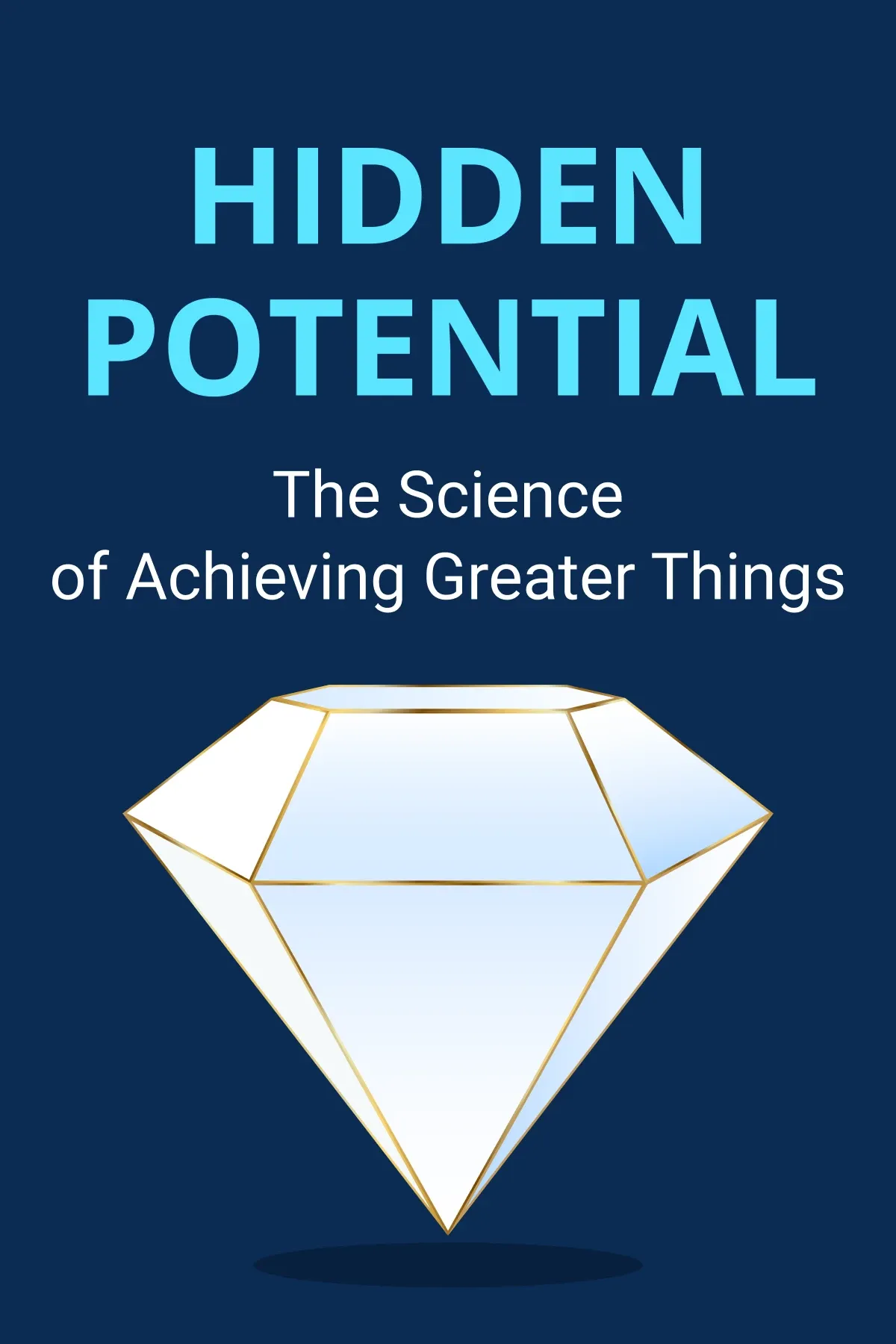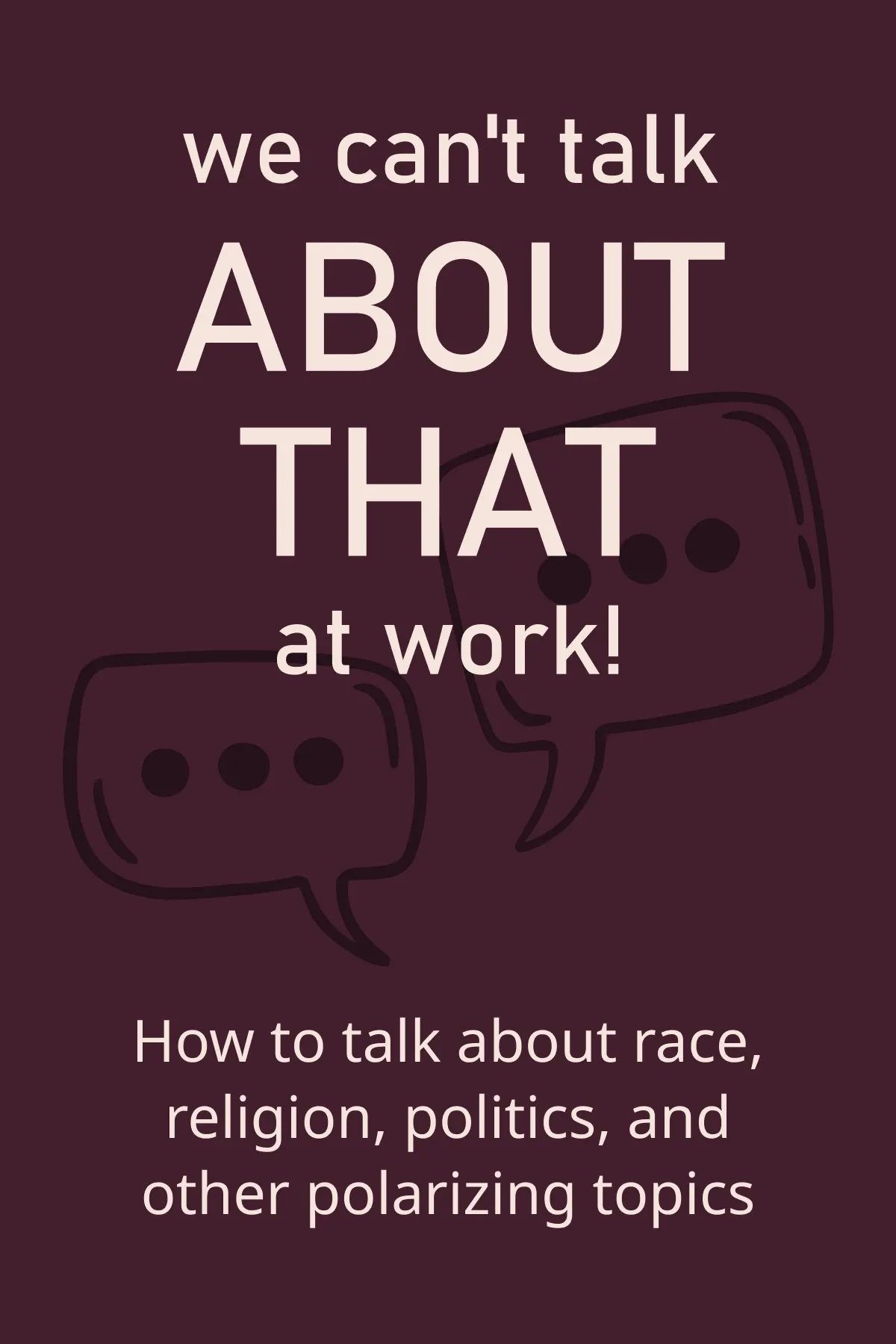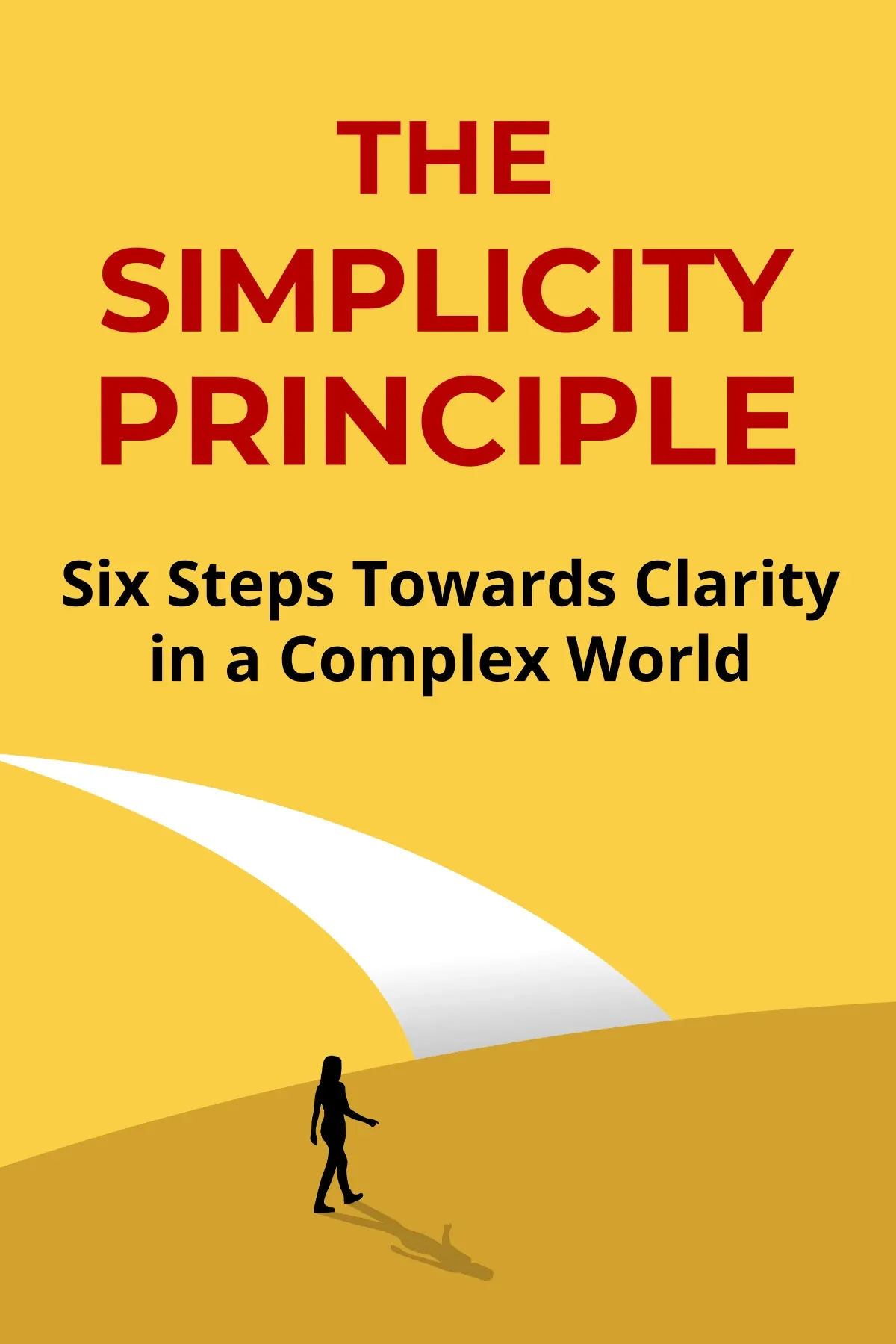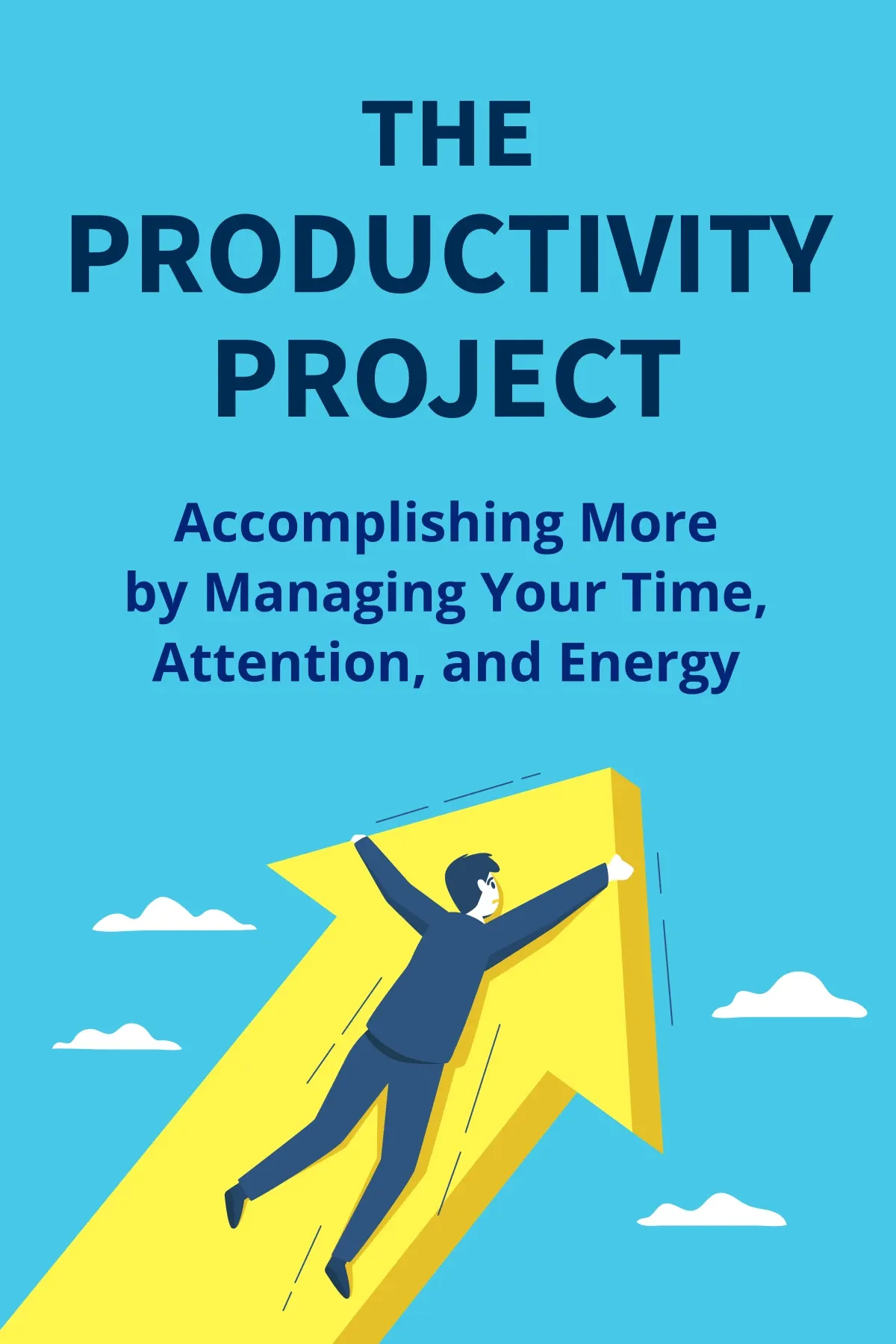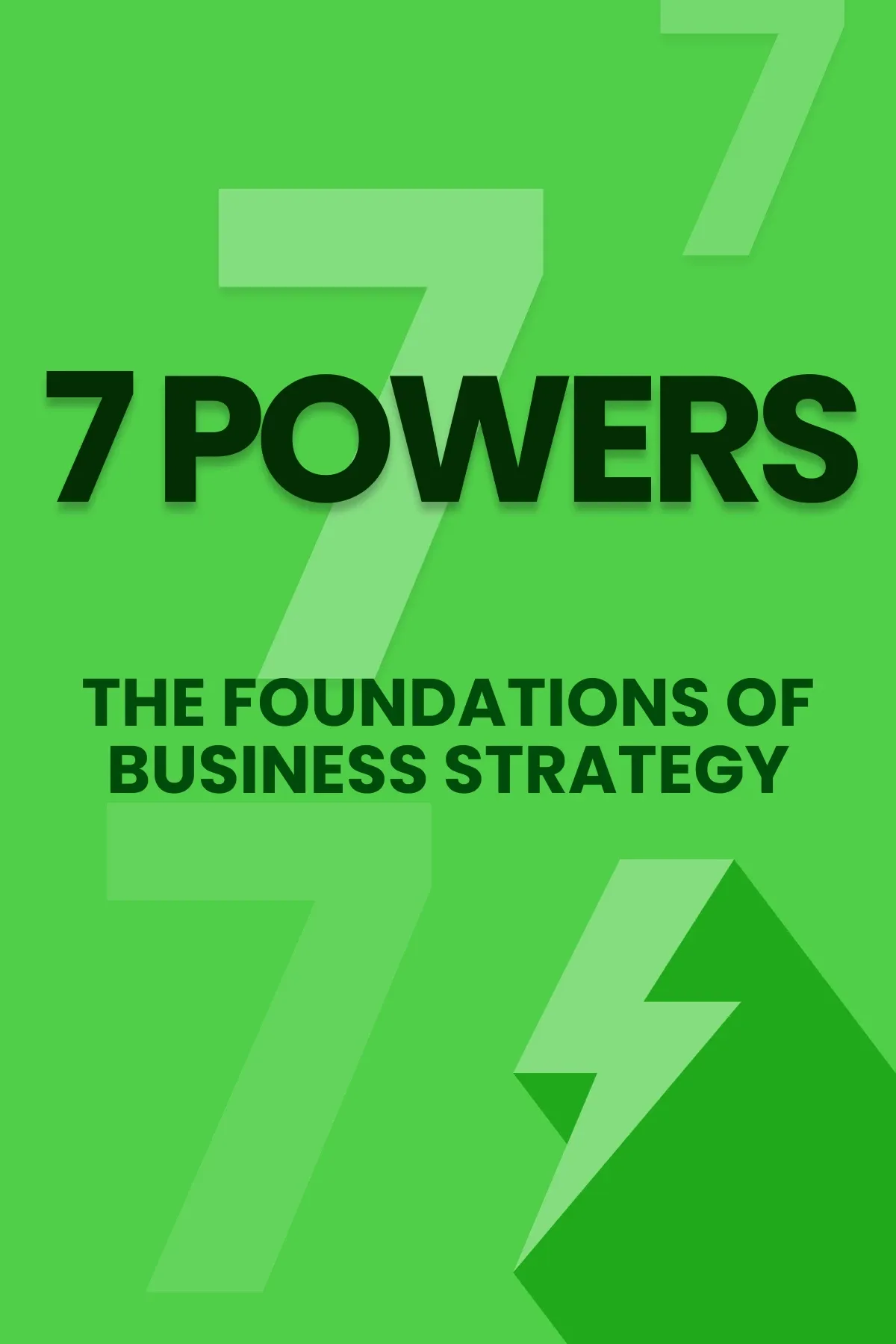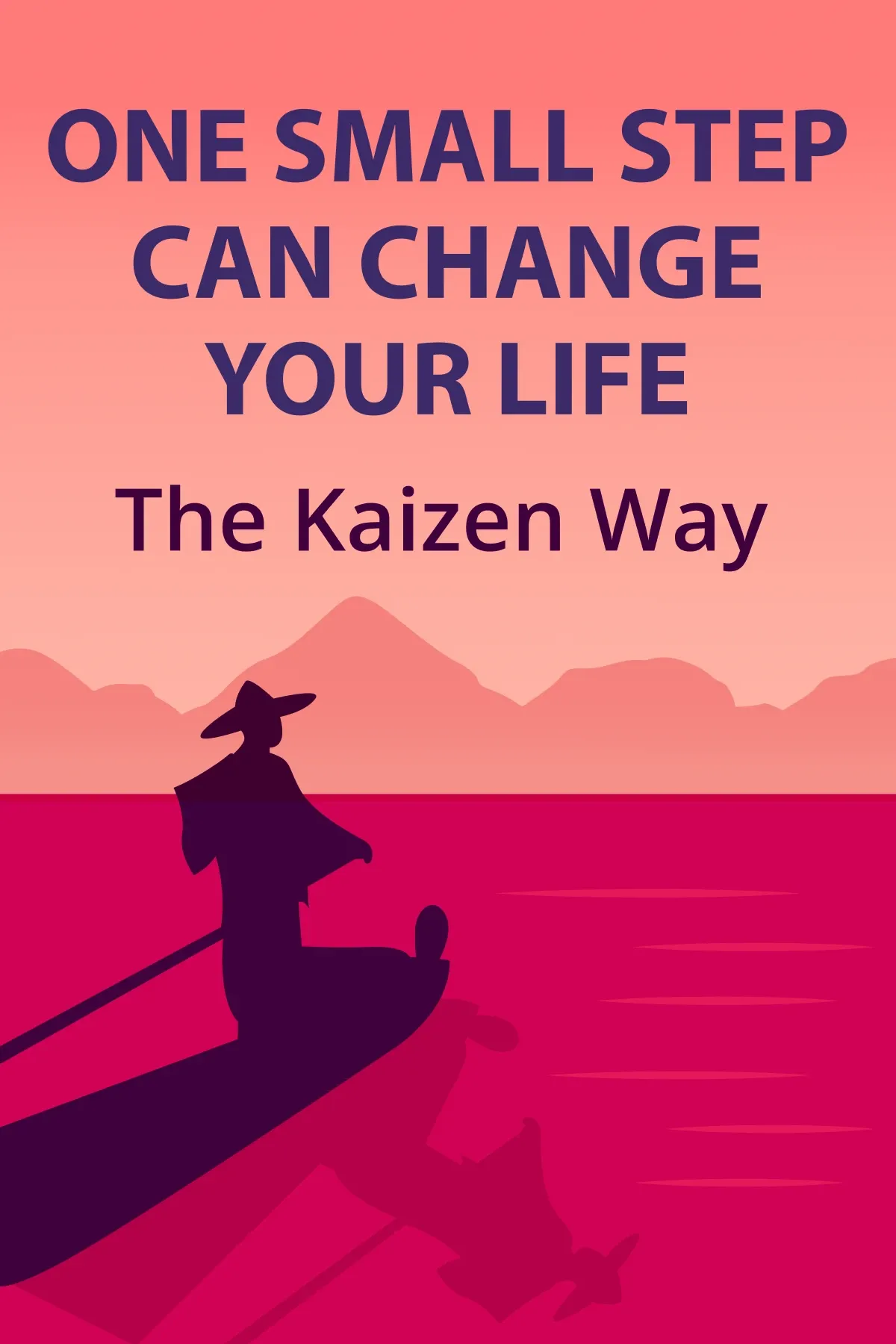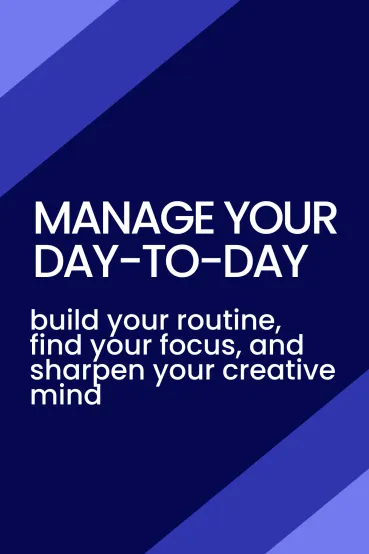
Manage Your Day-to-Day
Brief Summary
“Manage Your Day-to-Day” (2013) is a guide to improving productivity and creativity through structured routines, disciplined focus, and mindful habits. It discusses aligning tasks with energy levels and embracing imperfection while promoting a flexible and innovative mindset. The book also advises on balancing technology use and replacing distractions with practices that enhance focus and efficiency.
Topics
Key points
Key idea 1 of 7
When facing creative challenges, it's vital to acknowledge them. Such hurdles are not unusual. They also don't indicate a lack of talent. In many cases, these obstacles stem from deeper, underlying issues. Recognizing and addressing these root causes is a crucial first step. This helps in overcoming creative blocks.
Scott Belsky, Adobe's Vice President, offers a unique tactic to rekindle creativity. He suggests setting aside specific times for the mind to wander without a set agenda. This approach, though it might seem counterproductive, can actually foster creativity. An unfocused mind is free from immediate tasks. It becomes more receptive to its own thoughts and environment. This creates a rich breeding ground for innovative ideas.
One major obstacle in this journey is perfectionism. Elizabeth Grace Saunders, a renowned time management coach, highlights the importance of relinquishing perfectionist tendencies. These can significantly hinder the creative process. Many people seek the perfect moment or idea before starting a project which can lead to frustration and diminish creative output. Saunders advocates for beginning projects with whatever ideas are at hand and then gradually improving them. This iterative process often proves more fruitful and less restricting.
Mark Twain's work on *The Adventures of Tom Sawyer* illustrates this idea well. Twain went through a phase during his writing where he felt creatively drained. It was as if his “creative tank” was empty. Instead of forcing progress, he stepped away from his work for two years. During that time, he engaged in various activities. This hiatus allowed his imagination to rejuvenate and his creativity to flourish anew. This period taught Twain to recognize when to pause and recharge his creative energies.
Furthermore, it is essential to embrace the natural flow of creativity. Learn to recognize when to step back and take a break. This self-awareness can be a powerful tool in overcoming creative blocks. It's about finding a balance between continuous effort and timely rest.
You may also like these summaries


